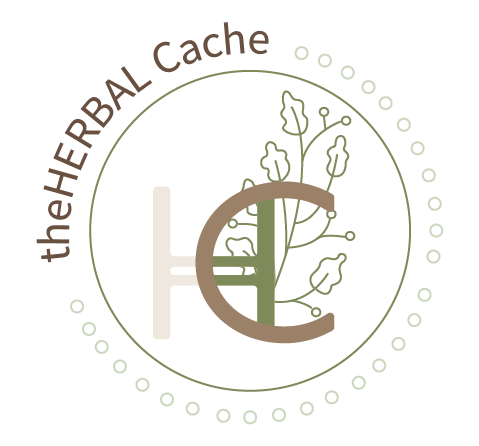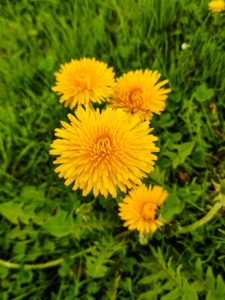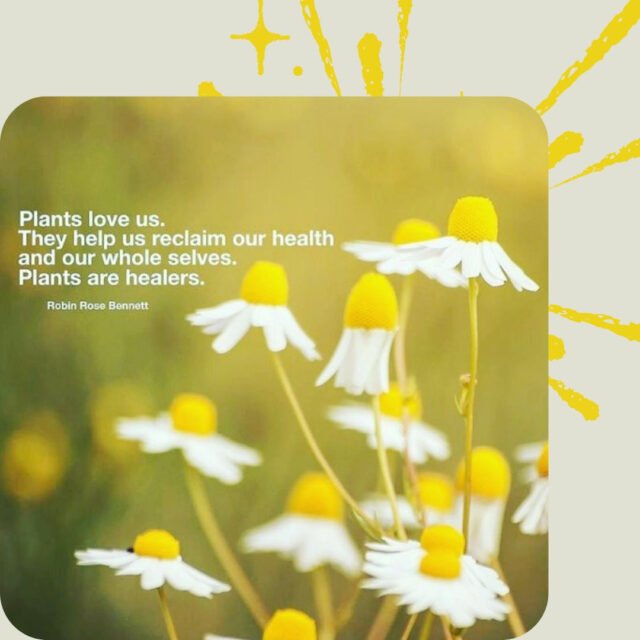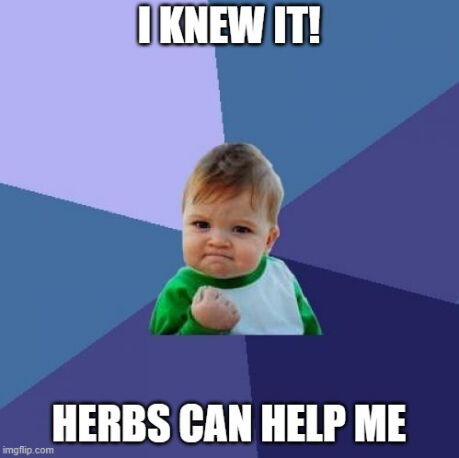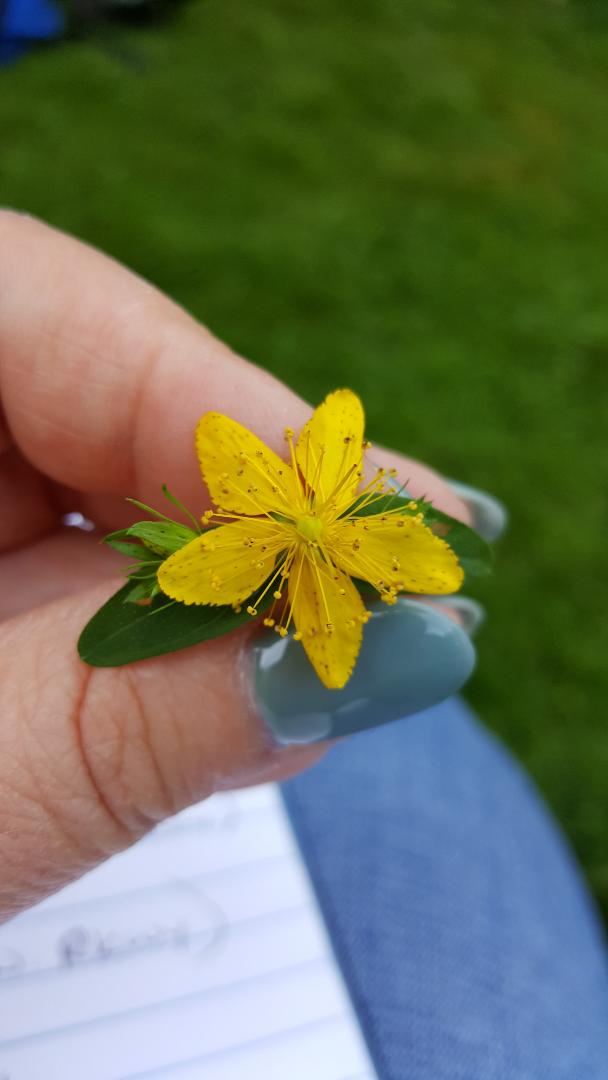The dandelion, queen of weeds, shows us simplicity, beauty, resilience and stamina.
Pam Broekemeier
Dandelions grow almost everywhere. Therefore, are considered a nuisance to most people. This is very sad, as this low lying plant has so many benefits, both as a food and herbal remedy.
Its botanical name is Taraxacom officinale. It is native to Eurasia and was brought to the American continents as a food staple and medicine.
Dandelion does have some look-a-likes, but it is easy to identify if you know what you are looking for. First, a dandelion only has one flower per stem. Second, it has a hollow stem that contains a milky latex liquid and it is not hairy like some.
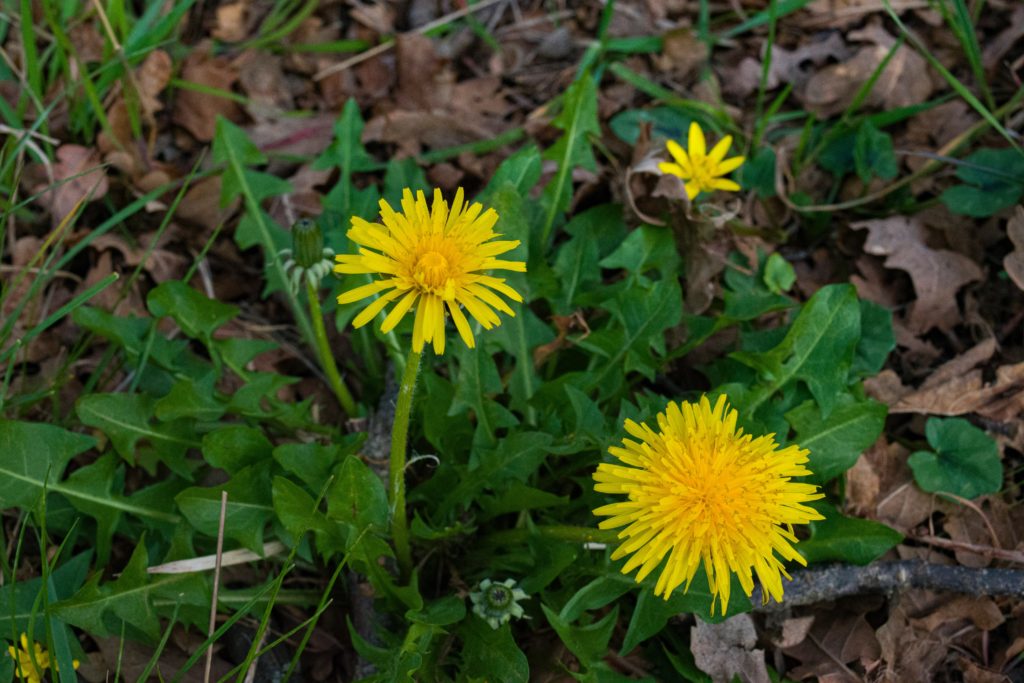
Food
The wonderful thing about dandelions, is that every single part is edible! Many of you have probably heard of dandelion wine, but there are many other edible uses. A simple one is dandelion fritters. The flowers can be dipped in a batter and fried. They make an excellent appetizer or side dish.
The roots have multiple uses. When cut up and dried, they make an excellent coffee substitute. I feel it has a nutty aroma and very mild taste. You can use fresh roots like any other root vegetable. Slice them up and add to stir-frys, stews, vegetable dishes, soups, etc.
Don’t forget about the leaves! They make an excellent addition to any greens salad. The best time of the year to pick them is early spring, because later in the season the leaves tend to become more bitter.
The nutritional value that dandelions bring to the table is astounding! The leaves are high in vitamins A and C, potassium, calcium, iron, phosphorus and B-vitamins. The roots are high in protein, iron, manganese, phosphorus and vitamin A.
Medicinal Uses
Dandelions have been used medicinally for thousands of years. Chinese physicians have been using it over 2000 years to treat bronchitis, hepatitis, boils and other conditions. In the 10th century, Arab physicians discovered that dandelions increased urine production.
Eclectic physicians in 19th century America recommended dandelion for loss of appetite, weak digestion and constipation.
Overall, it seems it is best known for its support of the liver. The bitterness stimulates the production of saliva, digestive enzymes and bile. That in turn improves digestion, absorption and elimination. Because of its impact on moving bile, it can act as a mild laxative. Dandelion also supports the liver by removing metabolic wastes and hormones from the blood. Thus helping to clear eruptive skin conditions such as acne and eczema and supporting hormone balance.
At the same time, dandelion also supports the function of the kidneys. It helps to clear out metabolic wastes, thus helpful for those with gout, arthritis, water retention and rheumatism.
Dandelion roots contain a prebiotic called inulin. Inulin is an indigestible carbohydrate that feeds gut bacteria, optimizing digestive function and crowding out other harmful bacteria.
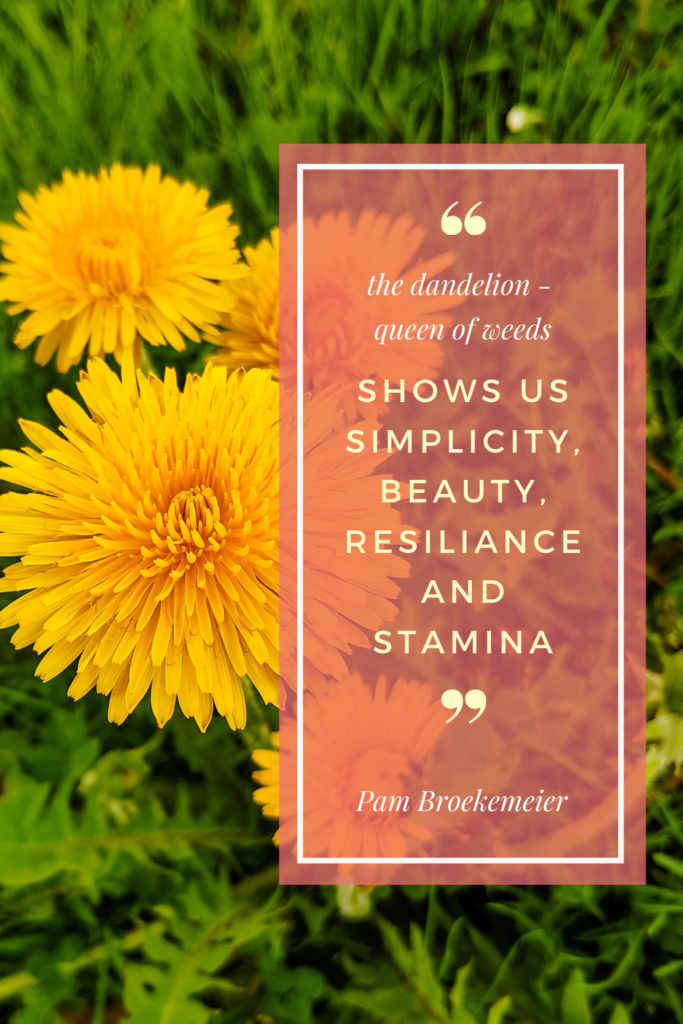
Doctrine of Signatures
Using the doctrine of signatures is a way to really dig deep and learn from plants. By looking at the color, texture, shape, size, taste, aroma, etc., you can begin to understand how a single plant can help and support us.
According to Matthew Wood, the doctrine of signatures “has long played a recognized (or unrecognized, underground?) role in herbalism. It can be acknowledged today with the return to a more holistic, intuitive view of nature.”
In the middle ages, the doctrine of signatures was used by European physicians in regards to the yellow flowers of the dandelion, which they linked to the livers yellow bile. From that, dandelions were considered a liver remedy.
How I use the doctrine of signatures
In using the doctrine of signatures, the first thing I notice about the dandelion is the bright yellow flower. “Bright yellow” for me translates to happy, joyous, opening and warm. Because it is usually one of the first flowers I see in spring, it tells me that sunshine is here and summer is around the corner. That makes me happy.
The second thing that I notice about the dandelion are its leaves, long and jagged. From that I see it as hanging in there and being tough. The jagged leaves show that it has a strength in its self.
Where the dandelion is growing is something else I notice. Sometimes in a lawn, along a sidewalk and even in a little crack in a driveway. This plant is resilient and can handle anything thrown at it. It will not give up.
When I dig up the root, I see that it is very long and goes deep into the soil. Sometimes I can’t get the whole root, so I know the dandelion has the upper hand here and will grow back again, undefeated. The long root shows that the dandelion is very determined to stand its ground. It also has the capability of pulling up valuable vitamins and minerals for those that eat it.
I could go on, but those are my first intakes of when coming across a dandelion. What are yours?
Mysticism
I’ve always loved mysteries, and plants definitely are mysterious as well!
There’s something about the dandelion that pulls people in. From young to old, we all have had that moment. Remember the time when you were little, picking that little yellow flower and presenting it to your mother? I know I felt very proud!
Even as we age, we still find that simple fascination with dandelions. Picking that white seeded stem and giving it a huge blow to watch all the seedlings float away gives that person a sense of serenity or calmness. Why? Is it because the seedlings seem so simple and light, and abundant? Or is it because of the wish we just made?
What draws you to the dandelion? Do you have a story to tell?
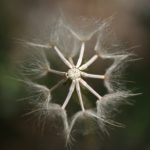
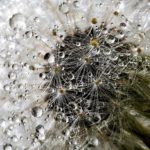
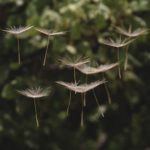
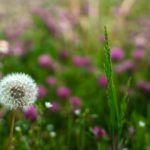

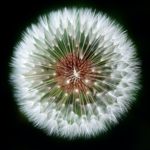
For more information on the dandelion, click HERE and check out my monograph.
References
Retrieved from https://theherbalacademy.com/dandelion-materia-medica/
Taken from https://progressiveherbalismcom.wordpress.com/dandelion/
Retrieved from https://www.matthewwoodherbs.com/Dissertation.html
